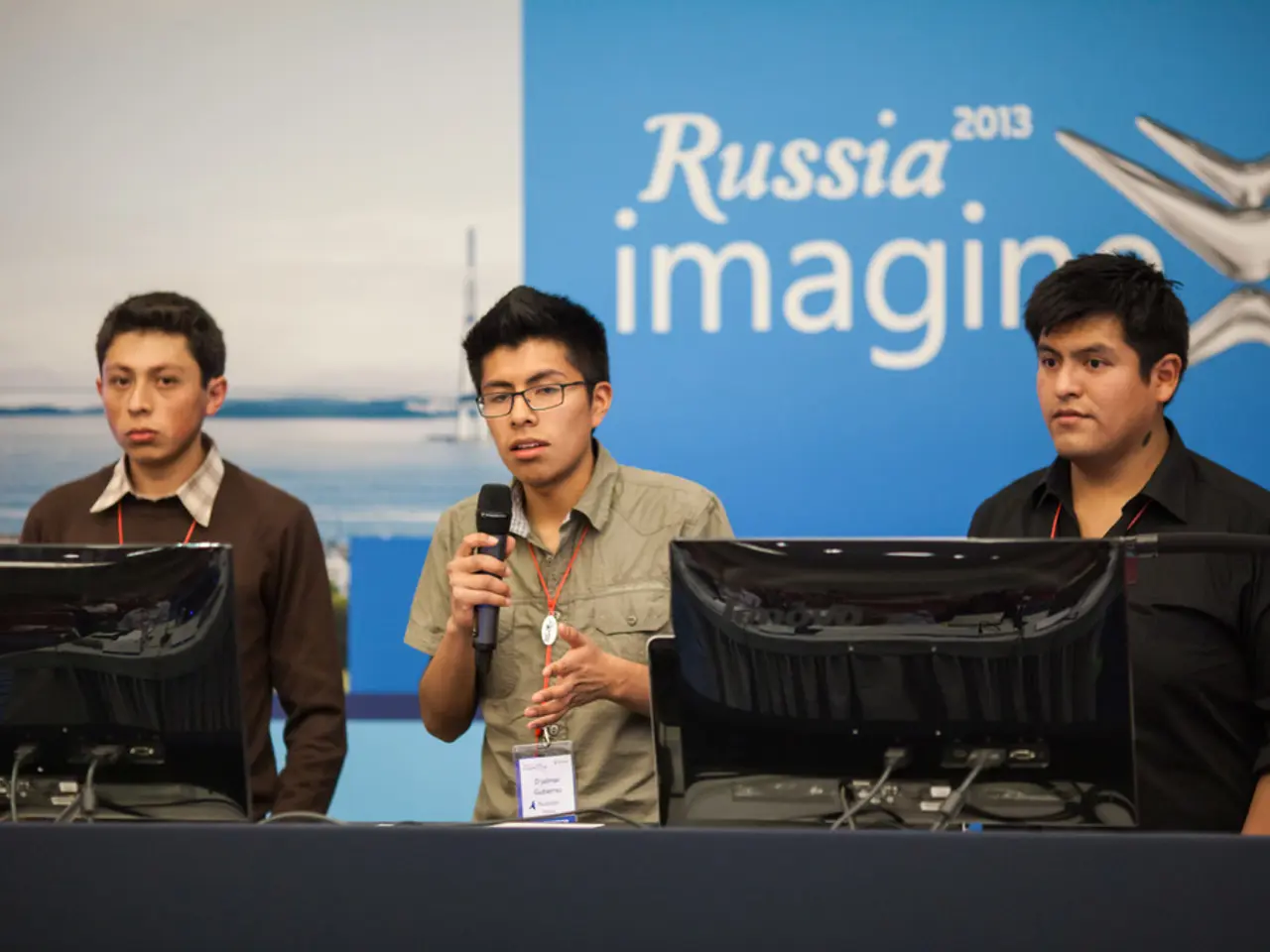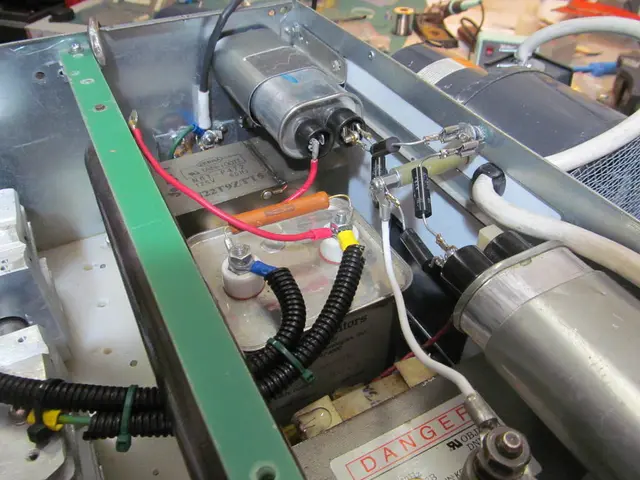Legacy IT systems inhibiting growth in digital transformation, according to Lünendonk analysis
Headline: IT Modernization Trends in 2025: Embracing Cloud-Native Architectures, Agile Approaches, and Generative AI
In the rapidly evolving digital landscape, businesses are increasingly focusing on modernizing their IT infrastructure to stay competitive. A recent study reveals some key trends in IT modernization for 2025.
Phased and Agile Modernization
Instead of large-scale, monolithic projects, companies are adopting phased and agile modernization strategies. This approach, which enables faster time-to-value, lower risk, and continuous learning, allows for the incremental upgrading of systems in manageable stages.
Cloud-Native and Composable Architectures
The shift towards cloud-based, containerized, microservices-driven designs is gaining momentum. Organizations are moving away from rigid legacy on-premise systems towards flexible, modular composable architectures. These architectures enable the modular assembly and disassembly of digital systems, improving scalability, adaptability, and easier integration of new technologies like AI.
Modernization Tactics
Three modernization tactics are gaining traction: replatforming, refactoring, and full redevelopment.
- Replatforming involves moving applications to new platforms, such as the cloud, with minimal code changes.
- Refactoring entails modifying code architecture to improve maintainability and efficiency without changing functionality.
- Full redevelopment replaces systems entirely with new codebases for maximum agility and modern capabilities.
Cloud Migration
Transitioning from on-premises infrastructure to cloud solutions is also popular. This move reduces maintenance overhead, improves scalability, and converts capital expenses to operational expenses, freeing resources for innovation.
Generative AI Expectations
CIOs and IT leaders are actively exploring the potential of generative AI for their operations. They are seeking ways to integrate it while establishing governance and risk guardrails. AI readiness is part of broader modernization, with IT preparing infrastructures and processes to support AI workloads effectively while balancing innovation and accountability.
Seventy-four percent of respondents expect AI to identify and partially self-heal security gaps in legacy systems, and 69% hope for a better understanding of programming and code structures.
AI Adoption
Twenty-two percent of companies already use AI in the area of documentation, and 76% expect that at least 20% of all business-critical core applications will require modernization in the next five years.
The complete Lünendonk study on IT modernization is available for free at this link. For more insights into the "Leading Internal IT Service Providers in Germany" ranking by Lünendonk, please refer to our previous report.
[1] Lünendonk Study on IT Modernization (2025) [2] Gartner, "Top Strategic Technology Trends for 2022" [3] Forrester, "The Forrester Wave™: Hybrid Integration Platforms, Q3 2021" [4] IDC, "IDC FutureScape: Worldwide CIO Agenda 2022 Predictions"
In the ongoing IT modernization trends, businesses are proactively adopting phased and agile strategies to incrementally upgrade their systems, thereby achieving faster time-to-value, lower risk, and continuous learning. Simultaneously, there is a growing emphasis on cloud-native and composable architectures, with organizationstransitioning from traditional on-premise systems to modular, scalable ones that easily accommodate generative AI and other innovative technologies like AI.




